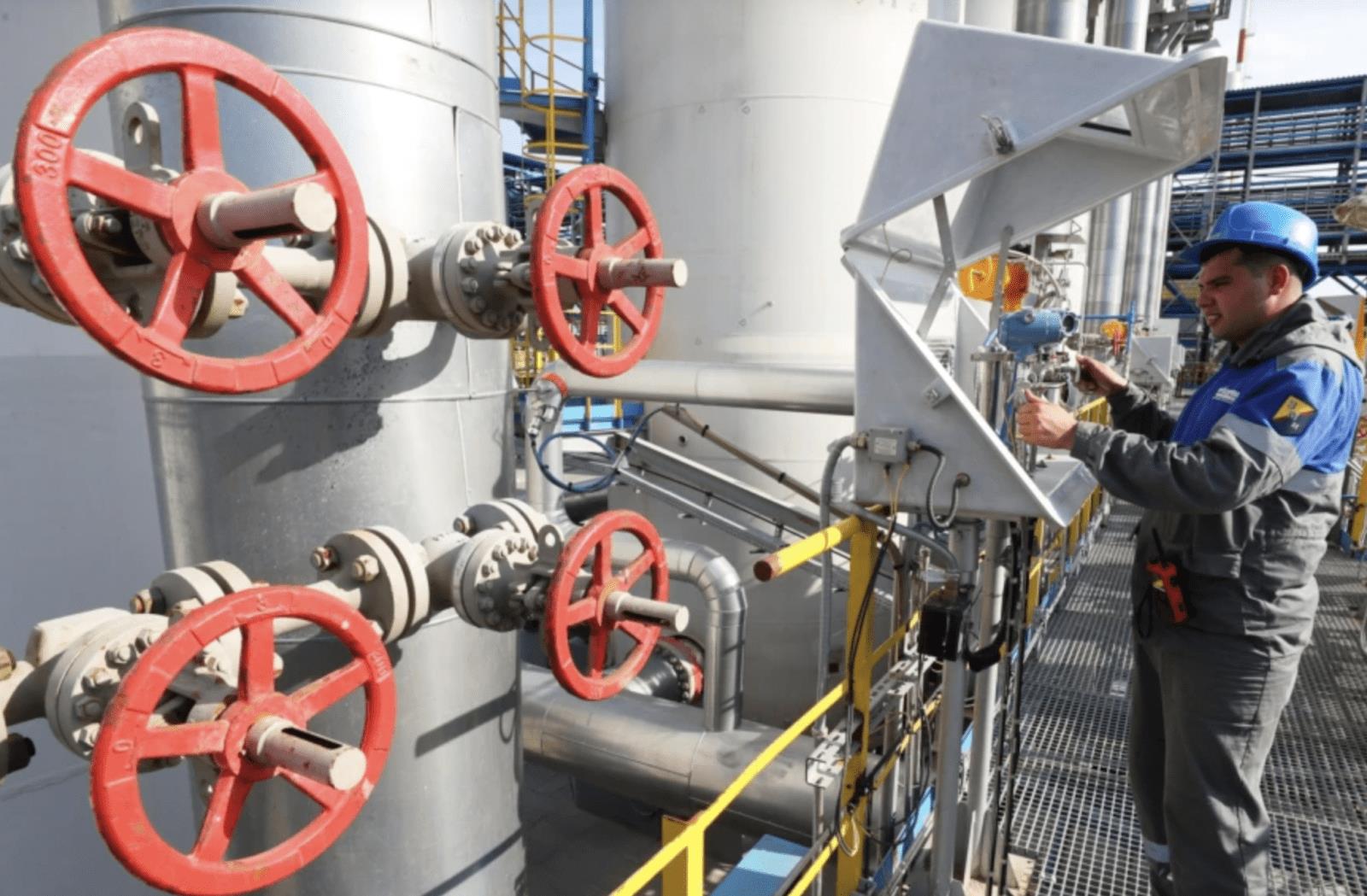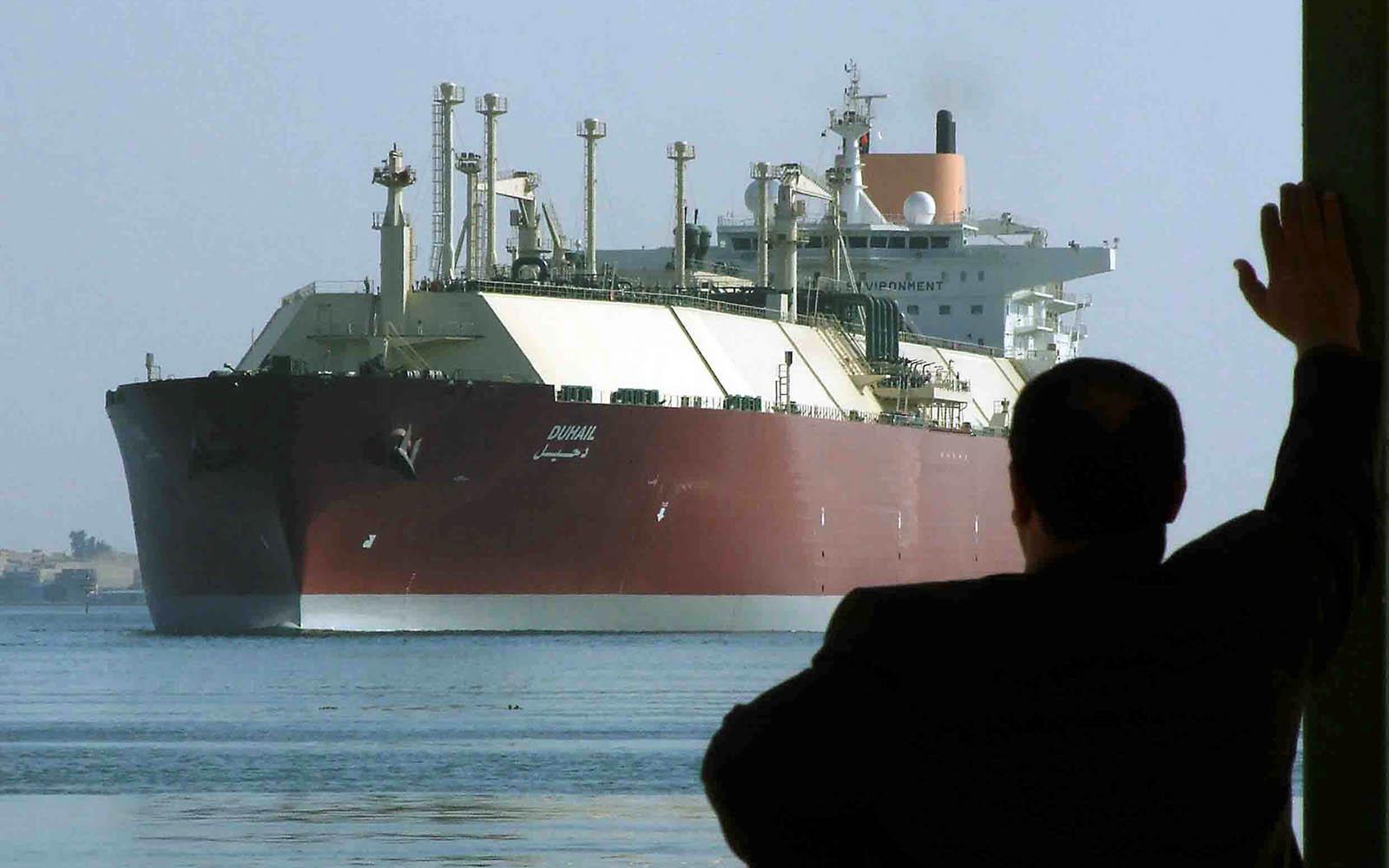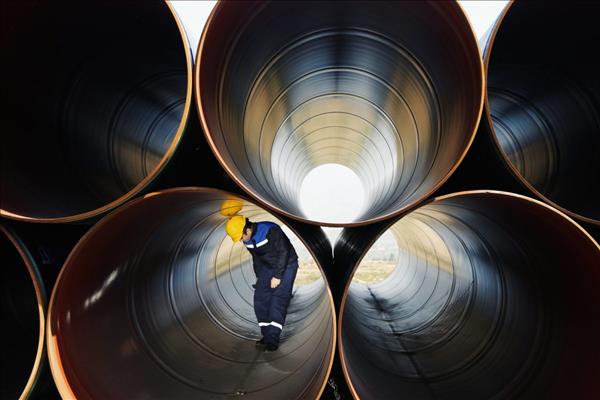
Russia shifting energy flows from West to East
A potential large-scale conflict in Ukraine, or even just the persistent threat of one, could result in significant shifts in global energy trade flows. While Russia is strengthening economic and energy ties with China, Europe is simultaneously seeking to reduce its strong dependence on Russian natural gas and oil imports.
Russia already sends gas to China via the Power of Siberia pipeline, which was opened in 2019. The two allies are close to agreeing on a second pipeline – the Power of Siberia 2 – that will deliver fuel to China by passing through Mongolia .
On February 4, Russian gas giant Gazprom confirmed a contract with the China National Petroleum Corporation (CNPC) for the sale and purchase of natural gas along the Far East route. On the same day, Russian oil giant Rosneft signed a US$80 billion deal with CNPC to supply 100 million tons of oil to China through Kazakhstan over 10 years during President Vladimir Putin's visit to Beijing.
The latter deal is an amendment to a 2013 deal where Rosneft agreed to deliver 325 million tons of oil to CNPC over a 25-year period through Kazakhstan. Since 2005, Rosneft has delivered 425 million tons of oil to China, according to Russian state media.
Russian energy flows are moving eastward, although the geographically largest country in the world still serves as a major energy exporter to the western European Union. It is highly uncertain if China can serve as an economic substitute for the West, where Russia's main market lies.
However, if a war erupts between Russia and Ukraine, and the United States and its European allies impose severe sanctions on Moscow – including banning Russia from the SWIFT global transfer system – the Kremlin will de facto be pushed into Beijing's arms.
A potential war would inevitably make the Kremlin more dependent on Beijing and thus give China greater leverage in their bilateral relations. In that case, Moscow could opt to join the Cross-Border Interbank Payment System (CIPS) – a Chinese version of SWIFT established in 2015 that has yet to gain global traction – at least for energy trade with China.
Russia-China energy ties started to expand at the outset of the Ukraine conflict. In May 2014, a month after the Donbass conflict in Eastern Ukraine erupted, Russia started to shift its energy business to Asia. That year, Gazprom and CNPC signed a 30-year purchase and sale agreement for the supply of 38 billion cubic meters of natural gas per year.
As per that deal, Beijing reportedly still pays $148 per 1,000 cubic meters for Russian natural gas, which is well below the current market price of $1,100 per 1,000 cubic meters.

A worker checks monitoring equipment at the Slavyanskaya compressor station, the starting point of Russia's Nord Stream 2 pipeline. Credit: TASS
A new 30-year contract to supply gas to China via a new pipeline is expected to settle future gas sales in euros, rather than in US dollars, which seems to be part of a de-dollarization drive announced by Russian leaders several years ago.
According to the new contract , China will receive Russian gas from the island of Sakhalin via pipeline across the Japan Sea to northeast China's Heilongjiang province. Given that Sakhalin is not connected to Russia's European pipeline network, analysts believe that the new deal will not affect European consumers.
However, if Russia is expelled from SWIFT, as the US has threatened, European countries will not be able to pay for gas imports, which could have a significant impact on the continent's energy security. There are, however, indications that the EU is already preparing to live without Russian energy.
The EU's gas imports from Russia were at historic lows for the month of January , and the EU vowed to sanction the Nord Stream 2 gas pipeline project if Russia invades Ukraine. At the same time, the EU is reportedly looking for alternatives to the Russian gas, including potentially from the US.
The problem, however, is that other gas producers cannot quickly replace Russia as Europe's largest gas supplier, including due to infrastructure constraints. Norway, Europe's second-largest supplier, has already pointed out that it is delivering natural gas at maximum capacity and cannot replace any missing supplies from Russia.
Qatar – one of the world's biggest producers of gas and the second-largest exporter of liquified natural gas (LNG) behind Australia – has limited spare supply as most of its current level of output is locked into long-term contracts.
Moreover, Russia now plans to get involved in the construction of the Pakistan Stream pipeline – a project that is expected to increase the demand for gas in Pakistan – which some suggest could prod Qatar to decide to redistribute gas flows to the Asian nation and reduce supplies to Europe.

A Qatari-flagged LNG tanker crosses through the Suez Canal. Photo: Agencies
China, the world's biggest energy consumer, could eventually replace Europe as the major market for Russian oil, gas and even nuclear energy.
Rosatom, Russia's State Atomic Energy Corporation, is already involved in the construction of two nuclear power plants in China , and the company is reportedly in talks with several countries in the Middle East and North Africa to explore the development of nuclear power, including nuclear research reactors.
Rosatom is currently already building nuclear reactors in Turkey , Egypt , Iran and India , and the company is interested in expanding its business in Central and Southeast Asia . All in all, the Ukraine crisis could motivate a massive redistribution of global energy supplies and flows away from the west and towards the east.

Legal Disclaimer:
MENAFN provides the
information “as is” without warranty of any kind. We do not accept
any responsibility or liability for the accuracy, content, images,
videos, licenses, completeness, legality, or reliability of the information
contained in this article. If you have any complaints or copyright
issues related to this article, kindly contact the provider above.


















Comments
No comment